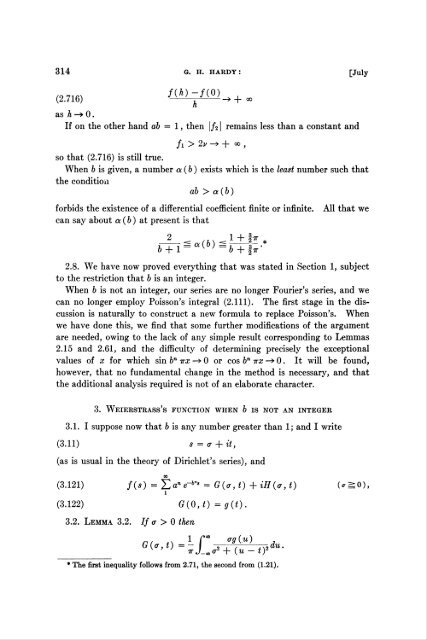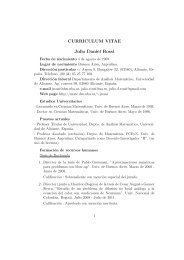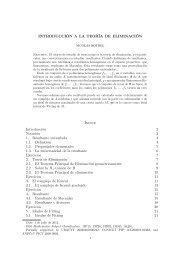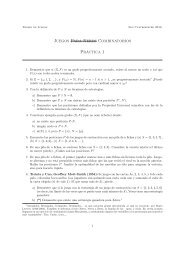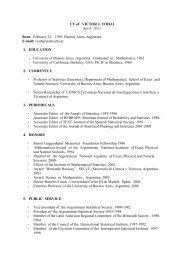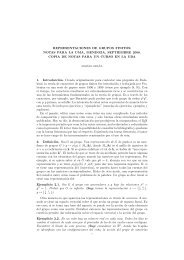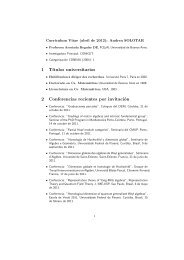WEIERSTRASS'S NON-DIFFERENTIABLE FUNCTION
WEIERSTRASS'S NON-DIFFERENTIABLE FUNCTION
WEIERSTRASS'S NON-DIFFERENTIABLE FUNCTION
Create successful ePaper yourself
Turn your PDF publications into a flip-book with our unique Google optimized e-Paper software.
314 G. H. HARDY : [July<br />
(2.716) m=iiSi++.<br />
n<br />
as * -> 0.<br />
If on the other hand ab = 1, then I/21 remains less than a constant and<br />
/1 > 2v -» + °° ,<br />
so that (2.716) is still true.<br />
When b is given, a number a ( b ) exists which is the least number such that<br />
the condition<br />
ab > a(b)<br />
forbids the existence of a differential coefficient finite or infinite. All that we<br />
can say about a(b) at present is that<br />
-*--=«(*)*I + fe.<br />
2.8. We have now proved everything that was stated in Section 1, subject<br />
to the restriction that b is an integer.<br />
When b is not an integer, our series are no longer Fourier's series, and we<br />
can no longer employ Poisson's integral (2.111). The first stage in the discussion<br />
is naturally to construct a new formula to replace Poisson's. When<br />
we have done this, we find that some further modifications of the argument<br />
are needed, owing to the lack of any simple result corresponding to Lemmas<br />
2.15 and 2.61, and the difficulty of determining precisely the exceptional<br />
values of x for which sin bn ttx —> 0 or cos bn irx -» 0. It will be found,<br />
however, that no fundamental change in the method is necessary, and that<br />
the additional analysis required is not of an elaborate character.<br />
3. Weierstrass's function when b is not an integer<br />
3.1. I suppose now that b is any number greater than 1; and I write<br />
(3.11) s =


